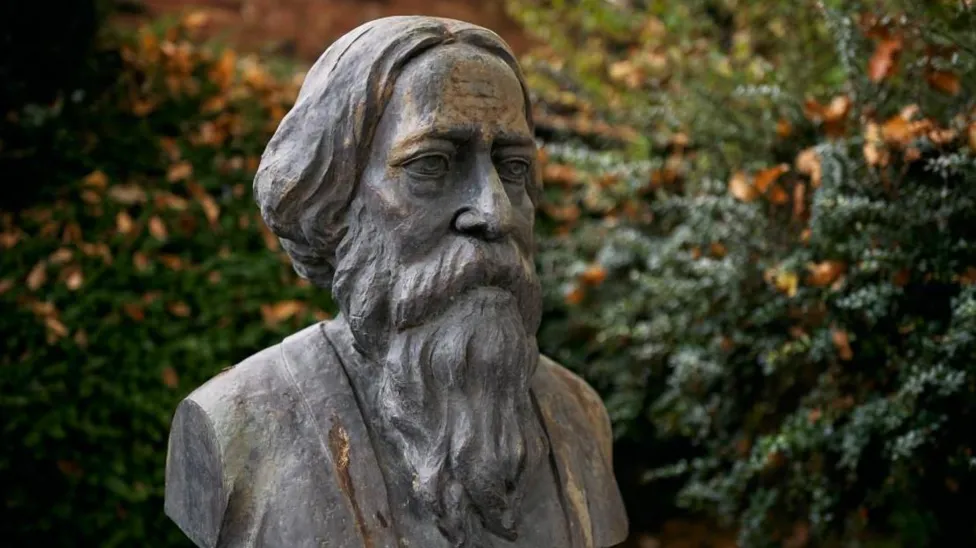We begin the week on My Poetic Side with a look at an event celebrating the poet Rabindranath Tagore and the plans to move a statue dedicated to Lord Byron to a more prominent location.
Renowned Poets Legacy Celebrated with Event
 The birthplace of the poet and writer William Shakespeare will be celebrating the legacy of a renowned poet with an annual event. The event, which will take place on 5th May, is in honour of the poet Rabindranath Tagore. Born in 1861, Tagore was the first writer of non-European descent to be awarded the Nobel Prize in Literature.
The birthplace of the poet and writer William Shakespeare will be celebrating the legacy of a renowned poet with an annual event. The event, which will take place on 5th May, is in honour of the poet Rabindranath Tagore. Born in 1861, Tagore was the first writer of non-European descent to be awarded the Nobel Prize in Literature.
This year marks the 163rd anniversary of the poet’s birth and the event also marks almost 30 years since the unveiling of the sculpture of Tagore, which is located in the garden of the Bards birthplace.
There will be performances throughout the day and also a ceremony which will remember Tagore, who was inspired to such a degree by Shakespeare’s work that he penned a poem in his honour. The “Truck Art Bus” will be there as well, featuring a number of performances by Indian Musicians.
Not only was Tagore known for his poetry, but he also wrote national anthems for both Bangladesh and India, and he was a painter and educator. Some of his most famous works will be played during the event. The Bengali and Bollywood actress and singer, Rowshanara Moni will also be performing some of his pieces.
Move Considered for Secluded Statue of Byron
 In the year that marks the 200th anniversary of the death of the poet Lord Byron, calls have been made for the statue of the poet, which can be found in a secluded location in Park Lane to be moved to a more prominent position in Hyde Park.
In the year that marks the 200th anniversary of the death of the poet Lord Byron, calls have been made for the statue of the poet, which can be found in a secluded location in Park Lane to be moved to a more prominent position in Hyde Park.
The great-great-great-grandson of the poet, The Earl of Lytton, is citing a pledge that was written in 1958 to support the requests. The pledge promised that the statue of Byron would always be on display. The call is being backed by the Byron Society, who are currently undertaking fundraising activities to fund the move for the statue which is on a traffic island.
The statue, which is bronze, was designed by Richard Belt and placed in Park Lane in 1880, it is on a plinth that was a donation from the Greek government. A traffic scheme that was drawn up in the 1960’s means that the statue is now in an isolated position on top of the traffic island, and as a result of this it is also no longer maintained.
Robin Byron states

A new site has been offered by Royal Parks for the statue, which would see it moved to the north of the park, close to Kensington Gardens and Victoria Gate.
A total of £360,000 will need to be raised by the Byron Society to move the statue, something that they are hoping to achieve during 2024 in order to mark the bicentenary of the poet’s death.


You must register to comment. Log in or Register.